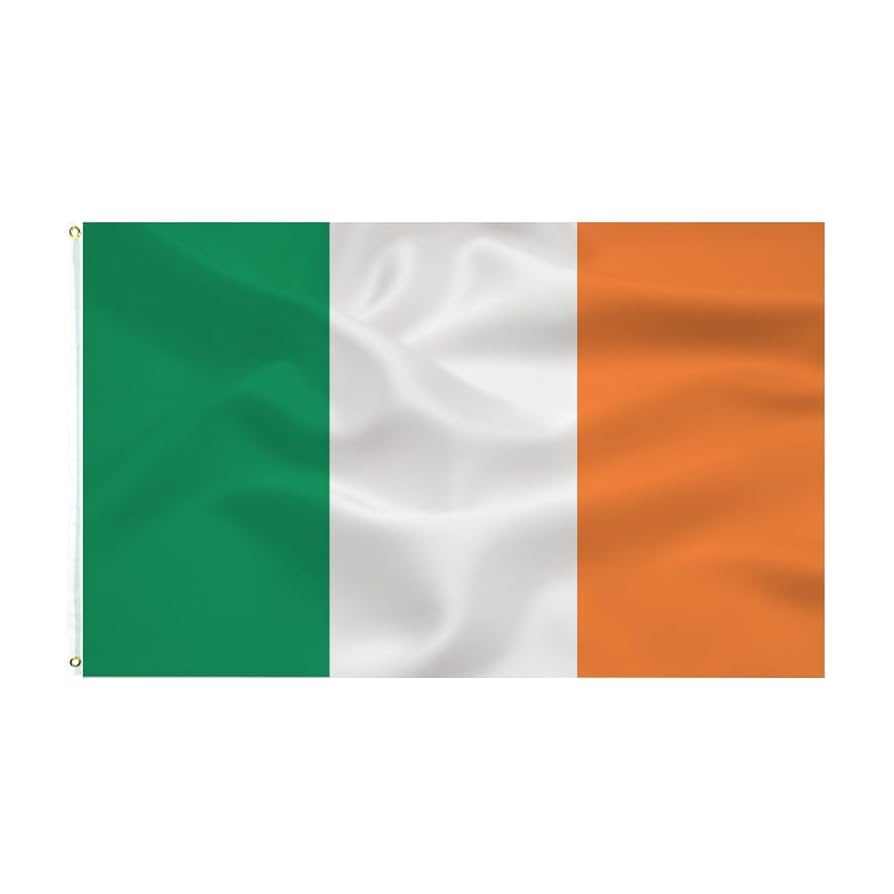The Irish flag, also known as the national flag of Ireland, is a tricolor flag consisting of three vertical stripes of green, white, and orange. Each color holds significance and represents different aspects of Irish history and culture.
The flag was first introduced in 1848 by Thomas Francis Meagher, a leader of the Young Ireland movement. It was inspired by the French tricolor and was intended to symbolize peace between the predominantly Catholic Irish nationalists and Protestant unionists.
Green
The green stripe on the Irish flag represents the Catholic nationalist population of Ireland. It is also associated with the lush green landscape of the country, earning Ireland the nickname “The Emerald Isle.” Green has long been a symbol of Irish identity and pride, and is deeply rooted in Irish folklore and traditions.
During the Irish Rebellion of 1798, rebels wore green uniforms and cockades as a symbol of their solidarity and commitment to the cause of Irish independence. The color green has since become synonymous with Irish nationalism and the desire for a united and independent Ireland.
White
The white stripe on the Irish flag symbolizes peace and unity between the Catholic and Protestant communities of Ireland. It represents the hope for a harmonious and inclusive society where all Irish citizens can coexist peacefully regardless of their religious beliefs.
White is often seen as a neutral color that transcends divisions and promotes reconciliation and understanding. It serves as a reminder that despite the historical conflicts and differences, the people of Ireland can come together in pursuit of a shared future based on mutual respect and cooperation.
Orange
The orange stripe on the Irish flag represents the Protestant unionist population of Ireland. It is derived from the colors of the House of Orange-Nassau, a Dutch royal house with strong ties to Protestantism. The orange color symbolizes the heritage and culture of the unionist community in Ireland.
Although historically associated with the British presence in Ireland, the orange color on the flag is now embraced as a symbol of diversity and inclusivity within the Irish nation. It serves as a reminder of the need to respect and recognize the different traditions and perspectives that contribute to the rich tapestry of Irish society.
In conclusion, the colors on the Irish flag hold deep historical and cultural significance, representing the diversity and unity of the Irish people. The tricolor flag serves as a powerful symbol of peace, reconciliation, and national identity, embodying the shared values and aspirations of the Irish nation.
